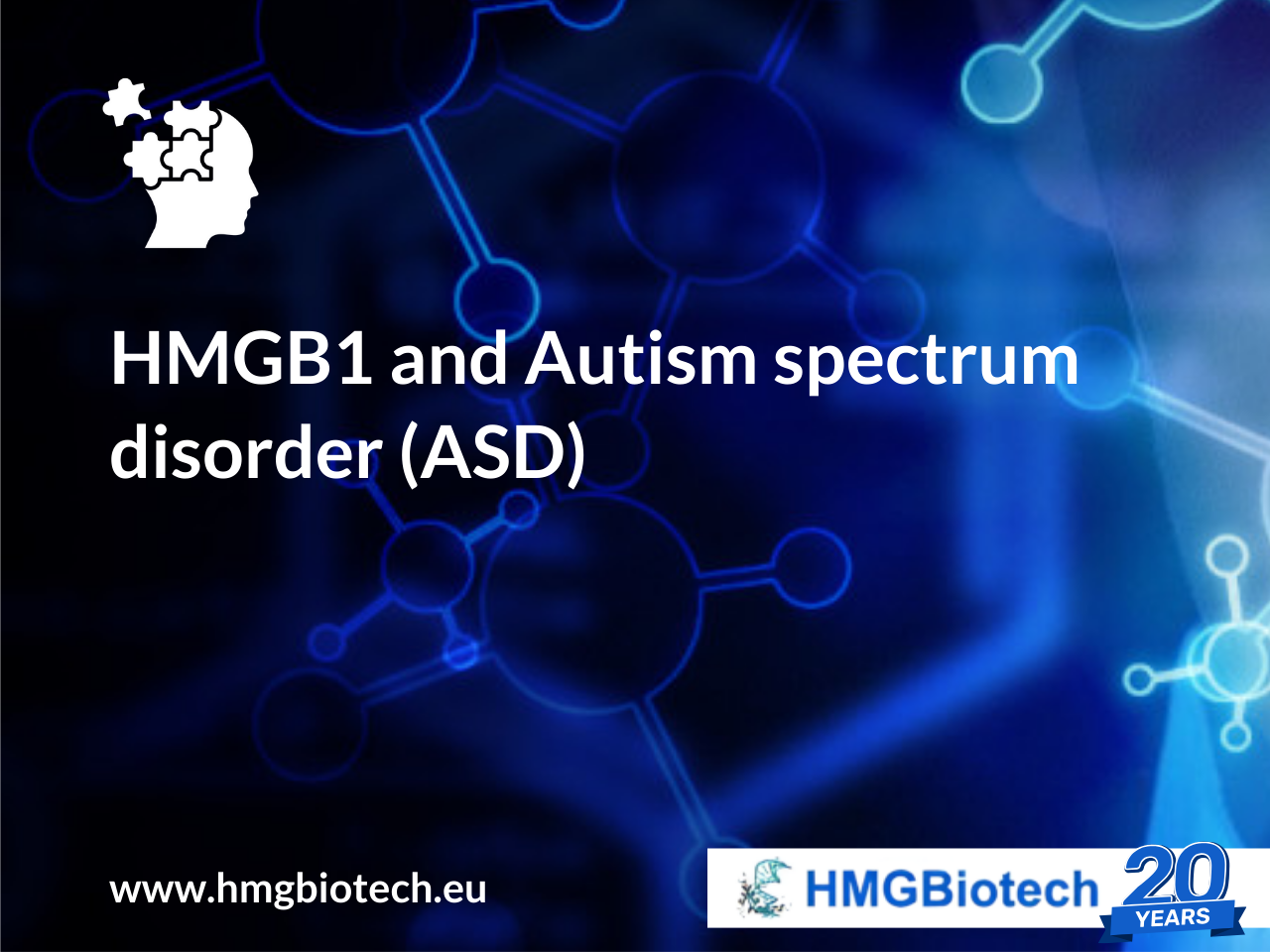April is Autism Awareness Month, an opportunity to focus on emerging molecular mechanisms that may shape our understanding of Autism Spectrum Disorder (ASD). Among the most compelling areas of investigation is the intersection between gut microbiota, neuroinflammation, and the multifunctional protein HMGB1 (High Mobility Group Box 1).
ASD is characterized by impairments in social behavior and communication, alongside restricted, repetitive patterns of interest. Increasing evidence supports the gut-brain axis as a critical mediator in ASD pathogenesis. Microbiota dysbiosis—an imbalance in the microbial composition—has been shown to correlate with both gastrointestinal (GI) and neurological symptoms in ASD.
At the heart of this connection lies HMGB1, a key alarmin involved in innate immunity and inflammation. Elevated plasma and fecal HMGB1 levels have been observed in individuals with ASD, correlating not only with the severity of autism symptoms but also with the extent of GI dysfunction. This positions HMGB1 as both a biomarker of inflammation and a potential driver of neurodevelopmental alterations.
In ASD models, the HMGB1–TLR4 axis is linked to autistic-like behaviors, while reduced plasma RAGE—potentially due to HMGB1 binding—may interfere with oxytocin transport, a hormone critical for social cognition.
Importantly, dysbiosis-induced intestinal inflammation may promote HMGB1 release from activated monocytes, perpetuating a pro-inflammatory feedback loop within the central nervous system. This supports the concept of microbiota-mediated neuroinflammation in ASD and underlines the need for therapeutic strategies targeting HMGB1 signaling.
In HMGBiotech, we provide comprehensive information to facilitate informed decision-making for researches with HMGB1.
Discover our shop…
Contact us for your pre-sales questions about HMGB1
Read the full article about the study:
https://www.springermedizin.de/gut-microbiota-and-autism-spectrum-disorder-a-neuroinflammatory-/27423310

